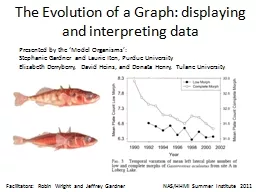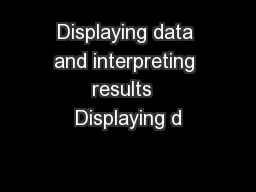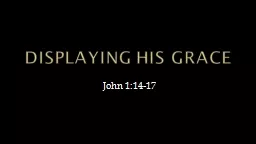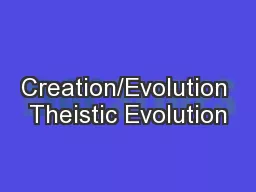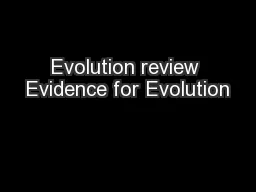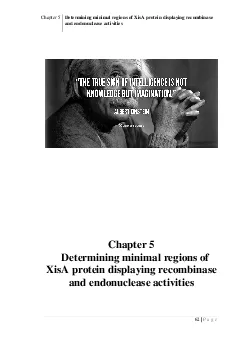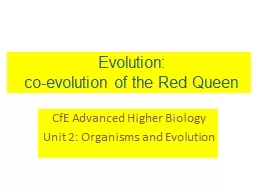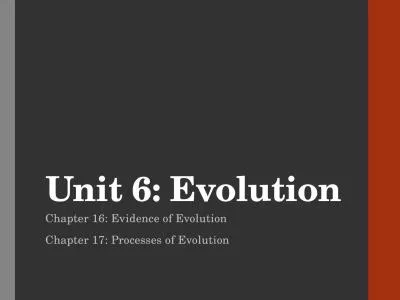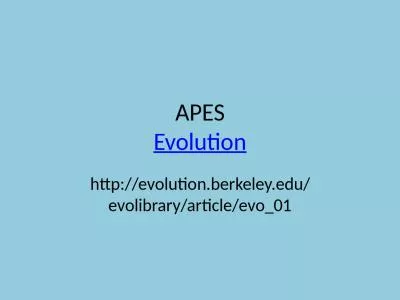PPT-The Evolution of a Graph: displaying and interpreting data
Author : pasty-toler | Published Date : 2016-07-20
NASHHMI Summer Institute 2011 Presented by the Model Organisms Stephanie Gardner and Laurie Iten Purdue University Elizabeth Derryberry David Heins and Donata
Presentation Embed Code
Download Presentation
Download Presentation The PPT/PDF document "The Evolution of a Graph: displaying and..." is the property of its rightful owner. Permission is granted to download and print the materials on this website for personal, non-commercial use only, and to display it on your personal computer provided you do not modify the materials and that you retain all copyright notices contained in the materials. By downloading content from our website, you accept the terms of this agreement.
The Evolution of a Graph: displaying and interpreting data: Transcript
Download Rules Of Document
"The Evolution of a Graph: displaying and interpreting data"The content belongs to its owner. You may download and print it for personal use, without modification, and keep all copyright notices. By downloading, you agree to these terms.
Related Documents

